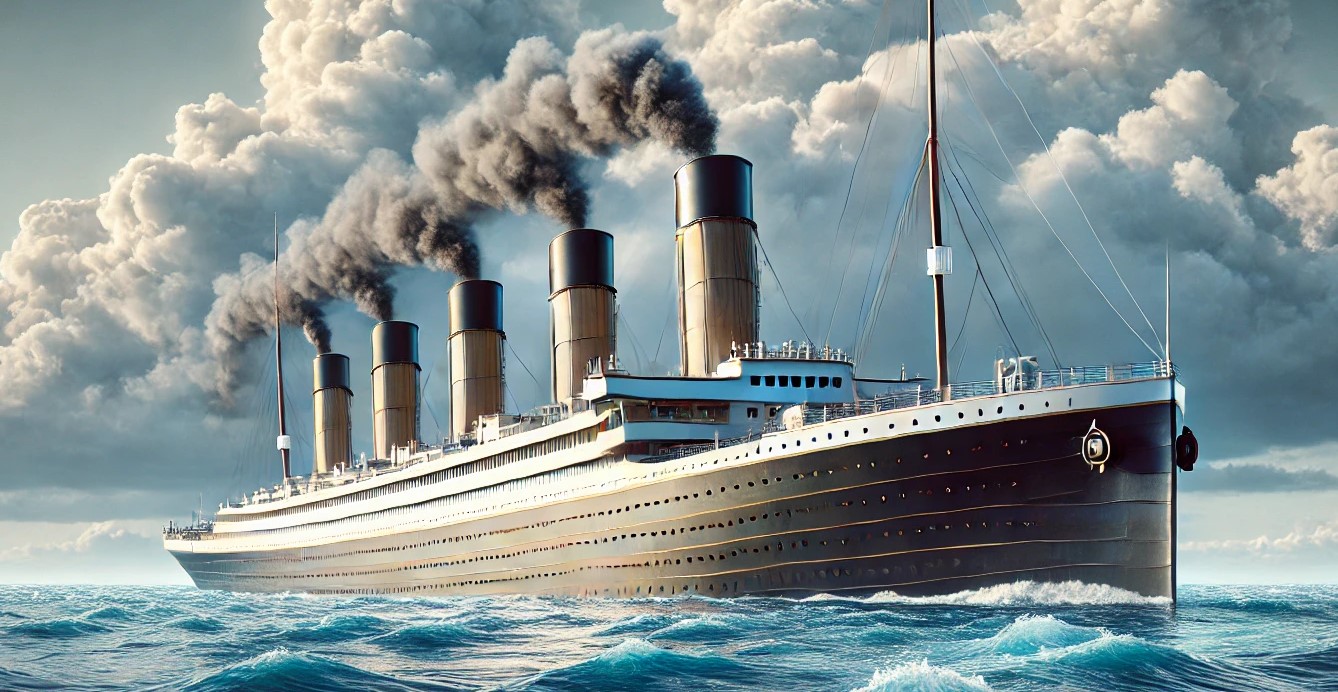The Titanic remains one of history’s most enduring legends, a magnificent ocean liner whose ill-fated maiden voyage in 1912 continues to fascinate people worldwide. The story of its tragic sinking has captivated generations, blending tales of human ambition, technological marvels, and profound loss. Even today, the Titanic offers rich lessons across disciplines, making it a compelling topic for students and researchers alike.
This article explores the Titanic‘s lasting appeal, delving into five intriguing facts about the ship and highlighting how these insights can enrich students’ academic journeys across various fields.
The Titanic’s Multifaceted Academic Appeal
The Titanic’s tale is a unique intersection of history, engineering, social science, and human resilience. Students studying the ship encounter themes ranging from its awe-inspiring scale and technical innovations to the class dynamics aboard and the tragedy’s haunting aftermath. Its historical significance offers a window into early 20th-century culture, advancements in marine engineering, and the limitations of human foresight. These aspects make the Titanic a versatile subject for interdisciplinary study, fostering critical thinking and sparking curiosity.
Five Fascinating Facts About the Titanic
Fact 1: The Titanic Was the Largest Ship of Its Time
When the Titanic set sail, it was the largest and most luxurious passenger ship ever built. Measuring approximately 882 feet in length and 175 feet in height, it boasted cutting-edge technology and grandeur that symbolized the industrial achievements of its era. The ship’s scale was unparalleled, with room for over 2,200 passengers and crew, and its construction involved some of the finest engineering minds of the time.
For students, the Titanic’s size and complexity offer a valuable case study in early 20th-century technological aspirations. Examining its design, materials, and construction processes provides insights into the engineering challenges of the period and serves as a historical benchmark for modern advancements in shipbuilding. This knowledge can inspire future engineers to explore ambitious projects while considering safety and sustainability.
Fact 2: The Titanic’s Maiden Voyage Ended in Tragedy
The Titanic’s maiden voyage remains one of the most infamous disasters in maritime history. On April 15, 1912, the ship struck an iceberg in the North Atlantic, leading to its sinking and the loss of over 1,500 lives. Despite being deemed “unsinkable,” the Titanic succumbed to nature’s unpredictability, underscoring the limitations of human ingenuity.
This tragic event serves as a sobering reminder for students in fields like engineering, navigation, and disaster management. By analyzing the failures in design, communication, and safety protocols, students can learn valuable lessons about risk assessment and crisis management. For instance, understanding the inadequate lifeboat capacity and the delayed response to iceberg warnings highlights the importance of proactive safety measures in modern transportation industries.
Fact 3: The Titanic’s Design Was Advanced for Its Time
The Titanic was a marvel of early 20th-century engineering, featuring a double-bottom hull, advanced watertight compartments, and luxurious amenities such as a heated swimming pool, gymnasium, and opulent dining areas. These innovations reflected the cutting-edge shipbuilding practices of the time, showcasing a blend of functionality and extravagance.
For students interested in engineering and architecture, studying the Titanic’s design reveals both the triumphs and shortcomings of its construction. While its grandeur symbolized progress, its inability to withstand the iceberg’s impact highlights the importance of balancing ambition with practicality. This duality provides a fertile ground for debates on the evolution of technology and its role in society.
Fact 4: The Titanic Had Distinct Social Class Divisions
The Titanic was a microcosm of early 20th-century society, with stark divisions between first-class, second-class, and third-class passengers. First-class travelers enjoyed lavish suites and gourmet meals, while third-class passengers were relegated to simpler accommodations. These social distinctions also played a role in survival rates, as wealthier passengers had greater access to lifeboats.
For students studying sociology and history, the Titanic offers a compelling case study in social stratification and inequality. By examining the ship’s class dynamics, students can better understand the broader societal norms of the time and explore how these inequalities influenced survival outcomes during the disaster. This exploration fosters critical thinking about how social structures impact human behavior and decision-making in crises.
Fact 5: The Titanic’s Wreckage Was Discovered Decades Later
The Titanic’s wreckage was finally discovered in 1985, over seven decades after it sank. Located at a depth of approximately 12,500 feet in the North Atlantic, the discovery marked a significant milestone in underwater exploration. Using advanced submersibles and sonar technology, researchers unveiled haunting images of the ship’s remains, including its grand staircase and scattered artifacts.
This discovery revolutionized our understanding of deep-sea exploration and marine archaeology. For students interested in science, technology, and history, the Titanic’s recovery underscores the power of perseverance and innovation. It demonstrates how advancements in technology enable us to uncover and preserve historical narratives, ensuring that lessons from the past continue to inform future generations.
Lessons and Academic Implications
The Titanic’s story is more than a historical tragedy; it’s a multifaceted narrative that inspires inquiry across disciplines. By exploring its engineering marvels, societal dynamics, and the circumstances of its demise, students gain a deeper appreciation for the interplay between human ambition and nature’s unpredictability. The Titanic encourages critical thinking, problem-solving, and interdisciplinary connections that are vital for academic and personal growth.
Conclusion
The Titanic remains a timeless subject of fascination, offering endless opportunities for exploration and learning. Its grand scale, tragic fate, innovative design, social implications, and the eventual discovery of its wreckage form a tapestry of stories that resonate across academic disciplines. By studying the Titanic, students can engage with history, engineering, sociology, and science in a way that illuminates both the past and the present.
Whether it’s understanding the technical challenges of its construction or analyzing the human stories behind the tragedy, the Titanic provides invaluable lessons that continue to shape our understanding of resilience, innovation, and the complexity of human endeavors. Let the Titanic’s legacy inspire a new generation of learners to navigate the challenges of the future with insight and determination.

Be First to Comment